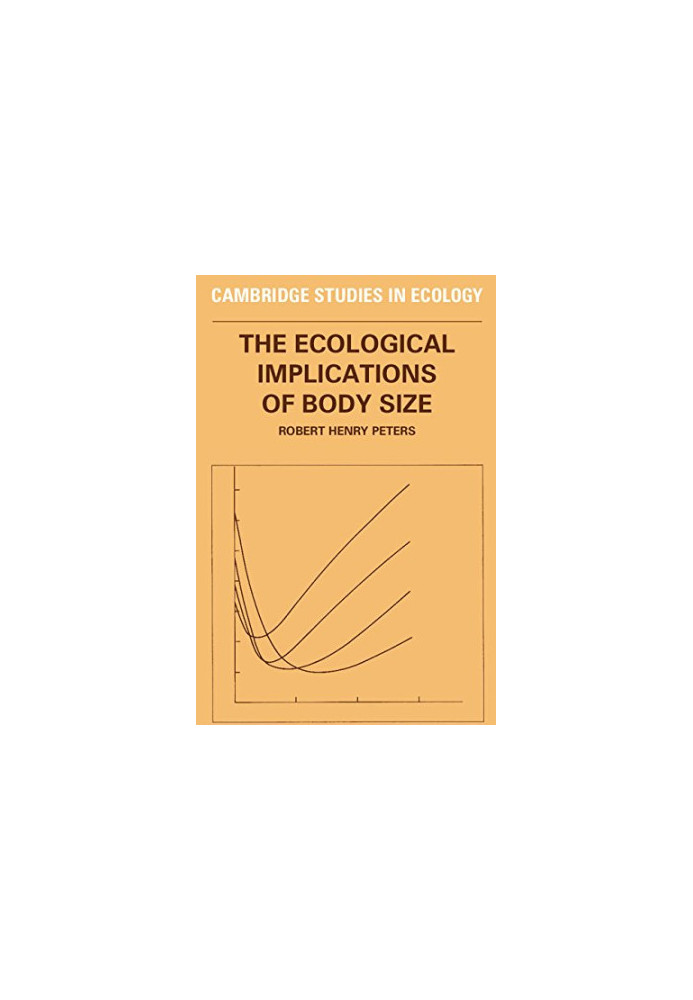THE ECOLOGICAL IMPLICATIONS OF BODY SIZE ROBERT HENRY PETERS
 Моментальное скачивание
Моментальное скачивание
после оплаты (24/7)
 Широкий выбор форматов
Широкий выбор форматов
(для всех устройств)
 Полная версия книги
Полная версия книги
(в т.ч. для Apple и Android)
It is generally recognized that larger animals eat more, live longer, have larger offspring, and so on; but it is unusual to see these commonplace observations as a basis for scientific biology. A large number of empirically based relationships describe biological rates as simple functions of body size; and other such relations predict the intrinsic rate of population growth, animal speed, animal density, territory size, prey size, physiology, and morphology. Such equations almost always exist for mammals and birds, often for other vertebrates and invertebrates, sometimes for protozoa, algae, and bacteria, and occasionally even for plants.There are too many organisms to measure all aspects of the biology of every species or population, so scientists must depend on generalizations. Body size relations represent our most extensive and powerful assemblage of generalizations, but they have never been organized for use in ecology. This book presents the largest single compilation of interspecific size relations, and instructs the reader on the use of these relationships: their comparison, combination, and criticism. Both strengths and weaknesses of our current knowledge are discussed in order to indicate the many possible directions for further research. This important volume will therefore provide a point of departure toward a new applied ecology, giving quantitative solutions to real questions. It will interest advanced students of ecology and comparative physiology as well as professional biologists. Larger animals eat more, live longer, have larger offspring, but these commonplace observations are rarely seen as a basis for scientific biology. Empirically-based relationships describe body functions as simple functions of body size but these relations have never been organised for use in ecology. This book presents the largest single compilation of interspecific size relations. Robert Henry Peters. Includes Index. Bibliography: P. 297-324.
LF/834047/R
Характеристики
- ФИО Автора
- Peters
R.
Robert Henry Peters - Язык
- Английский
- ISBN
- 9780521246842
- Дата выхода
- 1983



















